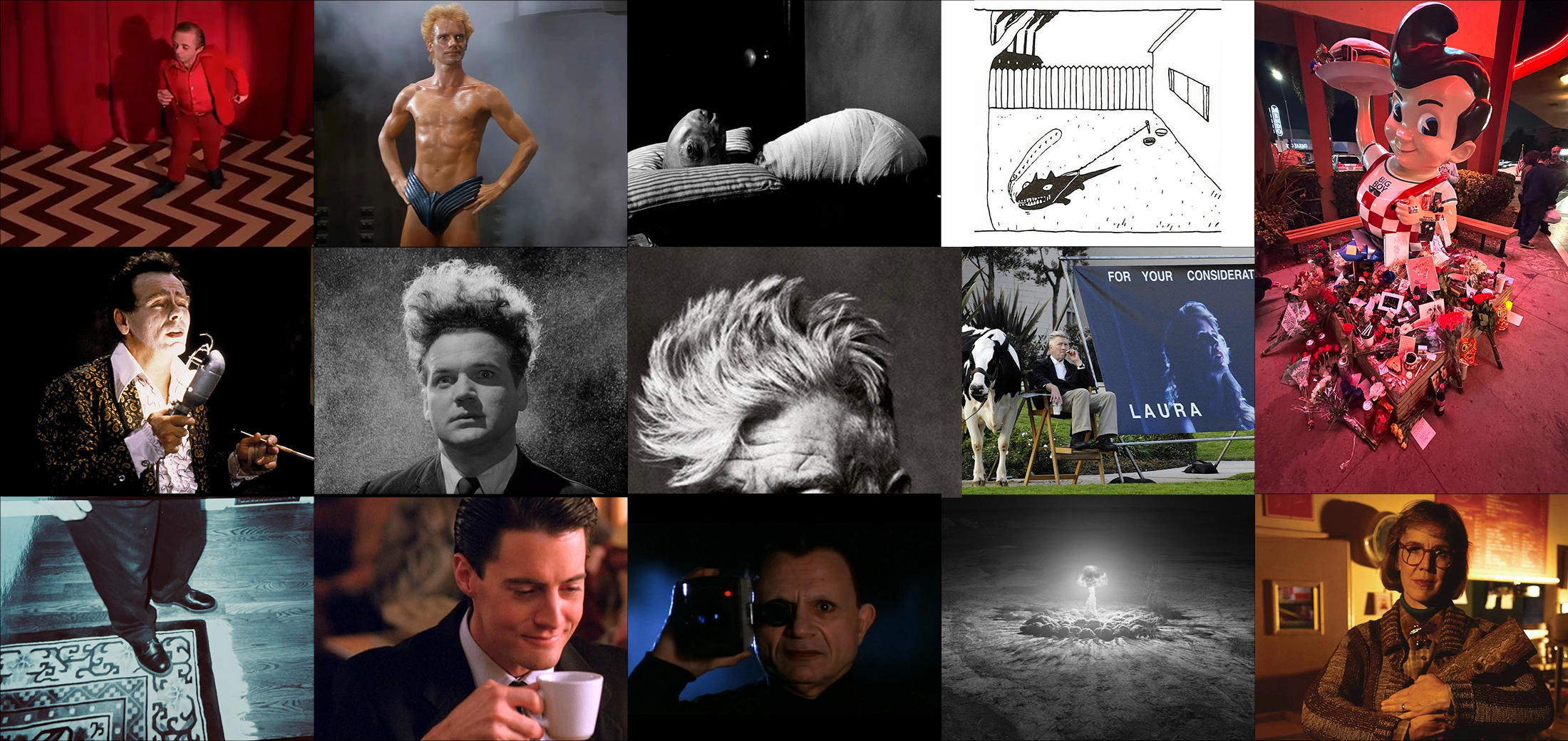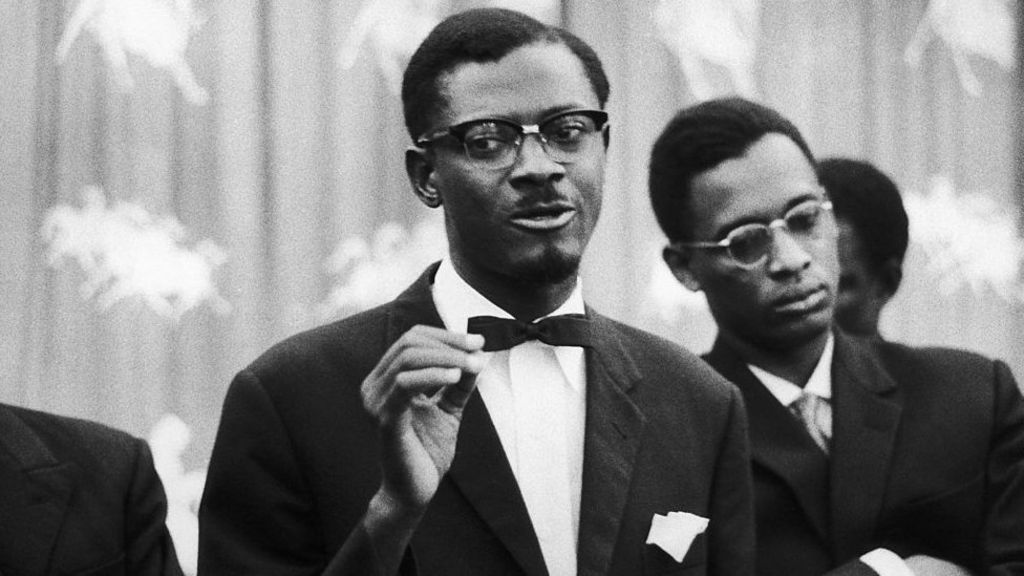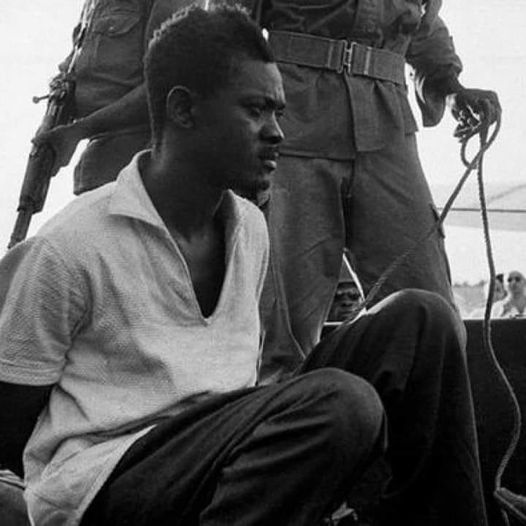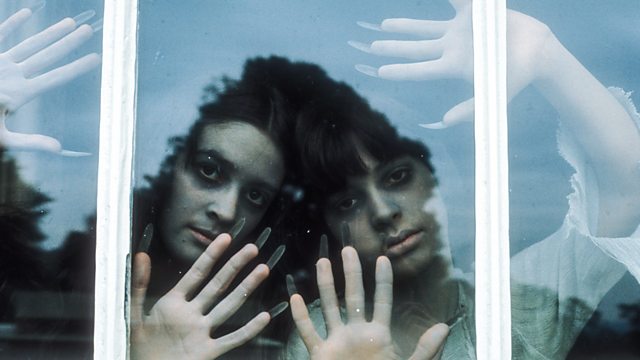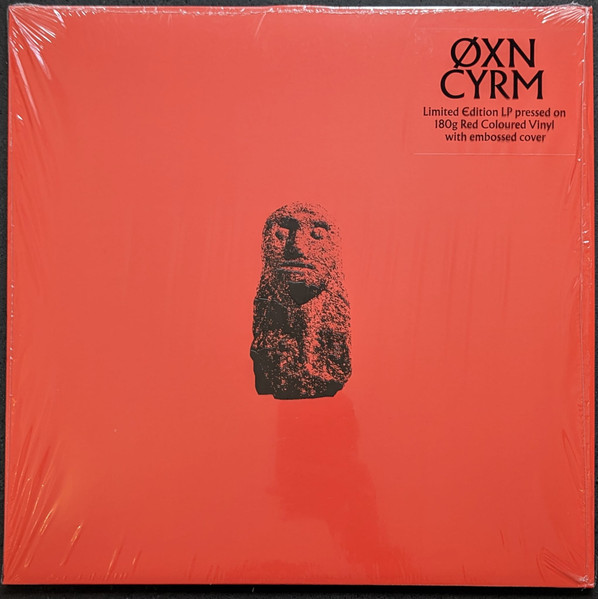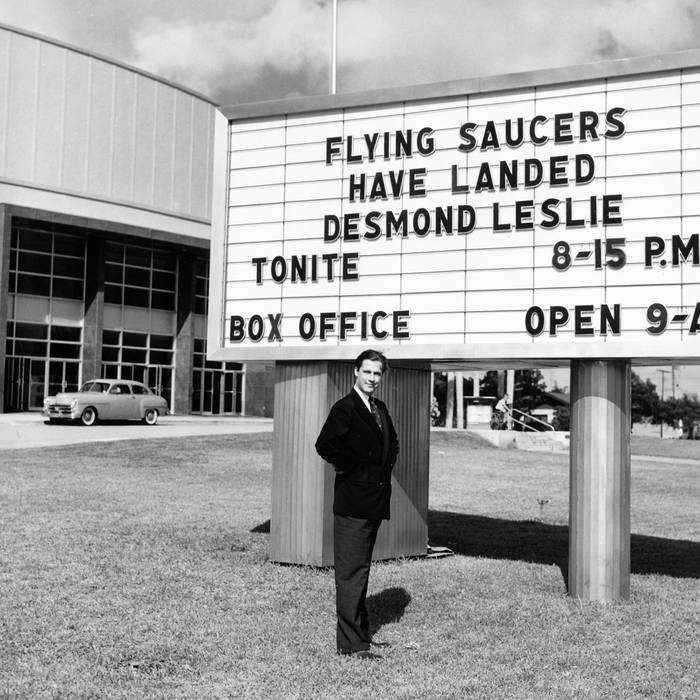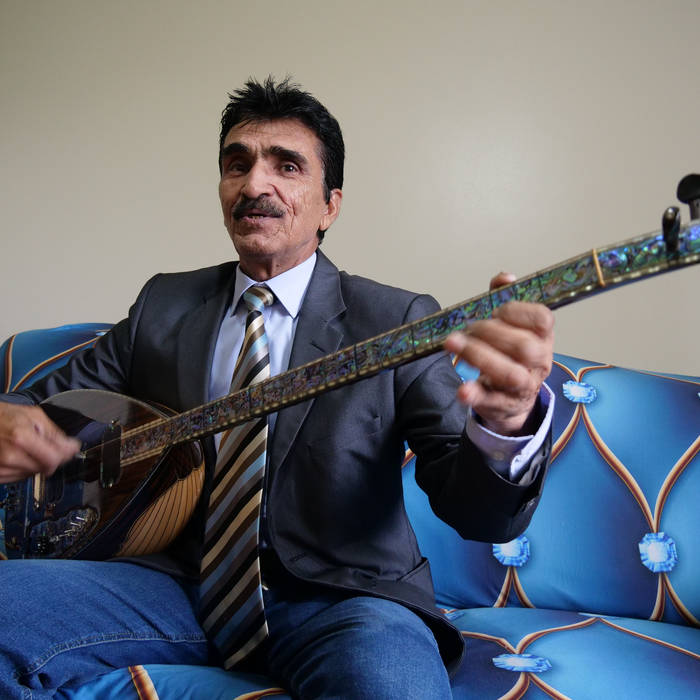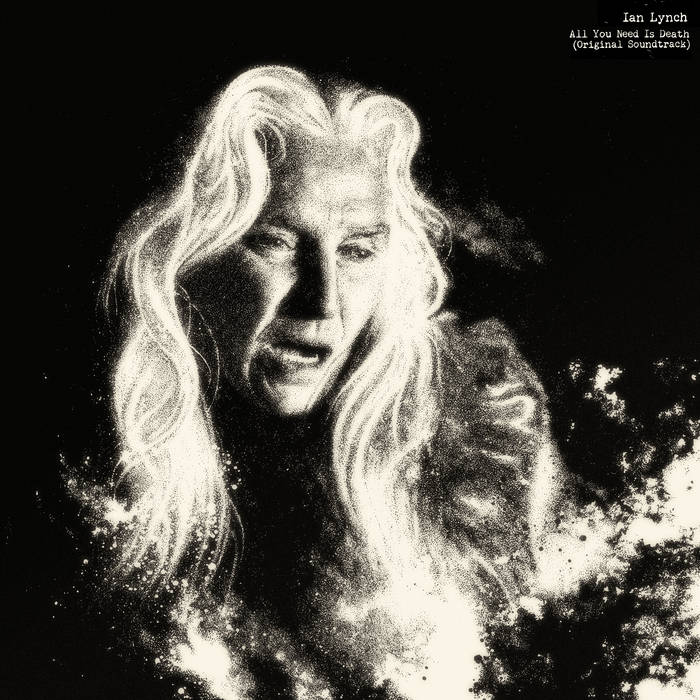That's the score for a piece called "Accumulation" by the American composer Daniel Schmidt. But first let me step back. After I previously used the score of Lancaran Serayu as a way of explaining some basic Javanese gamelan concepts I started thinking about what other Gamelan things I could write about. The problem I had though was that a lot of the other concepts are somewhat bitty and not always ones I could talk about at length. So I put that idea to one side. But then in my gamelan class we started rehearsing "Accumulation" and I found myself thinking it would be an interesting piece to write about.
So first up, who is this Daniel Schmidt guy? As you might have gathered, he is not from Indonesia but is an American composer and academic with a longstanding influence in gamelan and an associate of Paul Dresher and Lou Harrison. Schmidt is also a builder of gamelan sets. I understand him to be an expert in Indonesian gamelan forms but he is also a leading figure in the American gamelan tradition, which involves writing new pieces for the instruments outside the structures of the Indonesian forms but still in some dialogue with them. "Accumulation" is one of Schmidt's pieces and our director acquired the score from him when he paid a recent visit to his California home.
So a recap. Javanese gamelan instruments have two scales, Slendro (which runs 1 to 6 with no 4, but also has a low 6 below the 1 and a high 1 above the 6) and Pelog (a seven note scale from 1 to 7). The above piece can be played in Pelog or Slendro (that's what the "(sl or pl)" means). We are playing this piece in Pelog but if we were playing it in Slendro we would substitute a high 1 for 7 whenever it appears.
The numbers show the balungan line of the piece: its skeleton, approximating to the main melody line in Western music. The full stops are rests, where you don't play anything on the beat. The little hats above the numbers indicate that the kenong (one of the metal pot instruments) also plays that note, while the little u indicates that a kempul (a set of small hanging gongs) also plays then. The O around the number tells us that the big gong plays on this note; I think the sideways bracket on the 6 at the end of line F is telling us that the secondary gong plays then, but don't quote me on that.
Now, why are the lines in this piece numbered from F to A? Actually I'm not sure, the order could have been reversed. But what I can tell you is that with "Accumulation" we start with line A at the bottom of the page. You might think that we play line A, then we play line B, then line C, and so on to F. If only it were so simple. What actually happens is we play line A four times. Then we play line B four times followed by line A once. Then we play line C four times, followed by line B once and line A once. And so on. I think the collection and repetition of lines is also where the accumulation comes from. Also some of the instruments don't come in on the first line of each set of four plays of a line, meaning the sound builds in complexity.
What is it like to play? Well it starts off easy as lines A and B have a nice steady beat. But things get a bit crazy on line C, as it starts with a rest but then you have to play 2 and 3 quickly, with 2 on an off-beat, and more off-beats and fast plays coming later in the line. After that each line has either rests or off-beats (or both), which make them fuckers to play. I think Schmidt might have called the piece "Accumulation" because the difficulty of playing it accumulates. We struggled with this in rehearsal but we did get better over time (you could say our skill levels accumulated). By the time our class played it live we had reached the stage of hitting the right notes most of the time, which for us is a result.
I should add that the score above only shows the main balungan line (and by extension when the gong, kempul and kenong play), but there are other instruments playing different things. In Javanese gamelan these would have to interpret their parts from the main score (a process known as garap), but for "Accumulation" Schmidt has provided a score for all of these. See image below for the full score. Note that as well as the main balungan line there are four other lines as well, for the bonangs (two separate sets of pots), the saron (normally part of the balungan set but in this case separated (the screenshot is from a saron player's copy of the score, which is why the saron line is highlighted)), and the peking (a small balungan-like instrument played with hammers rather than mallets).

If that description has got you curious as to what the piece sounds like, there is recording of it on Bandcamp here.
You can read more about Daniel Schmidt here.
And if you are now so gamelan-curious that you would like to give it a go yourself, click here.

